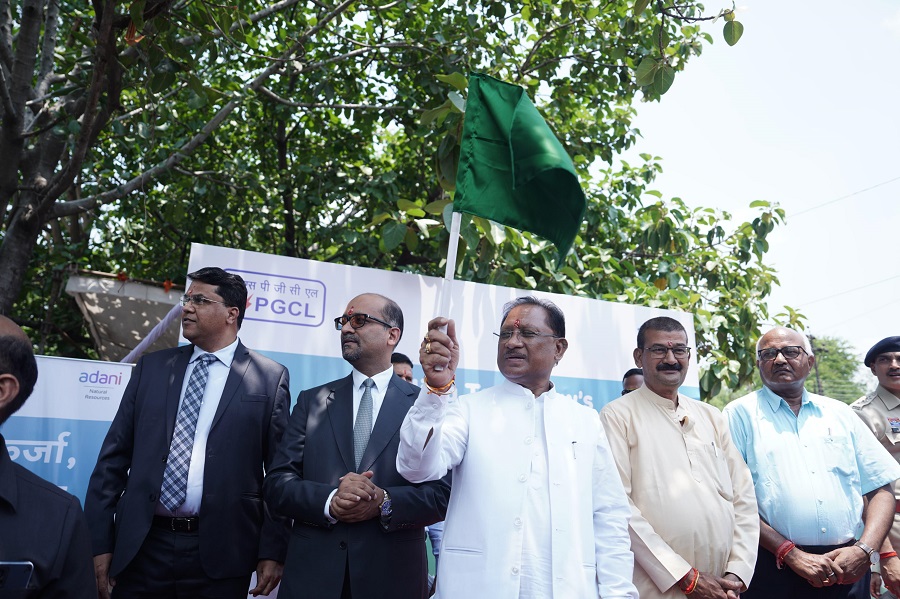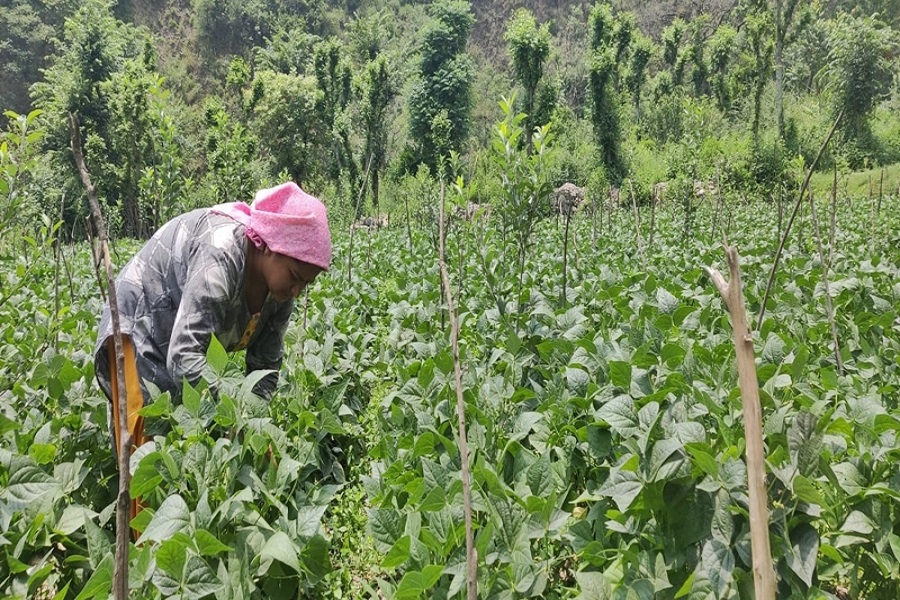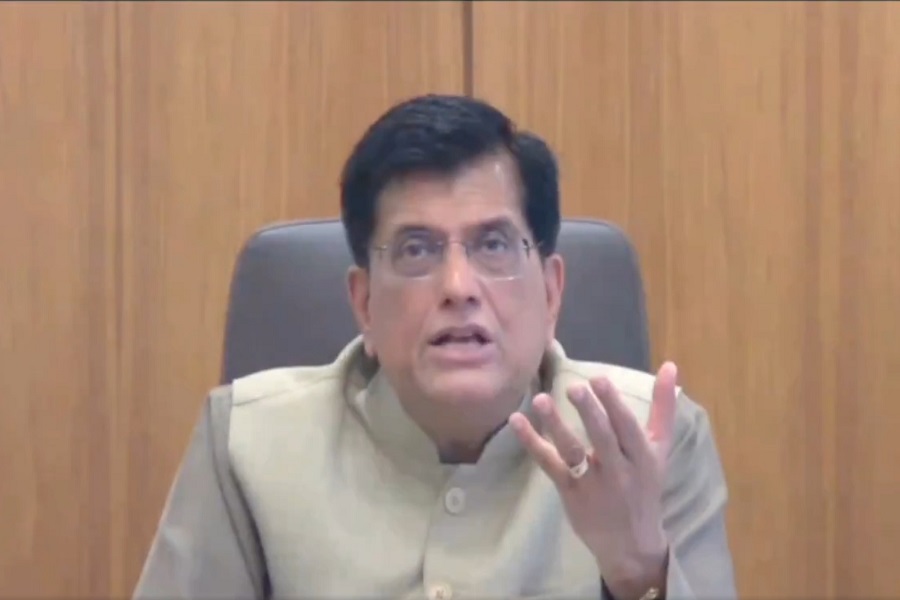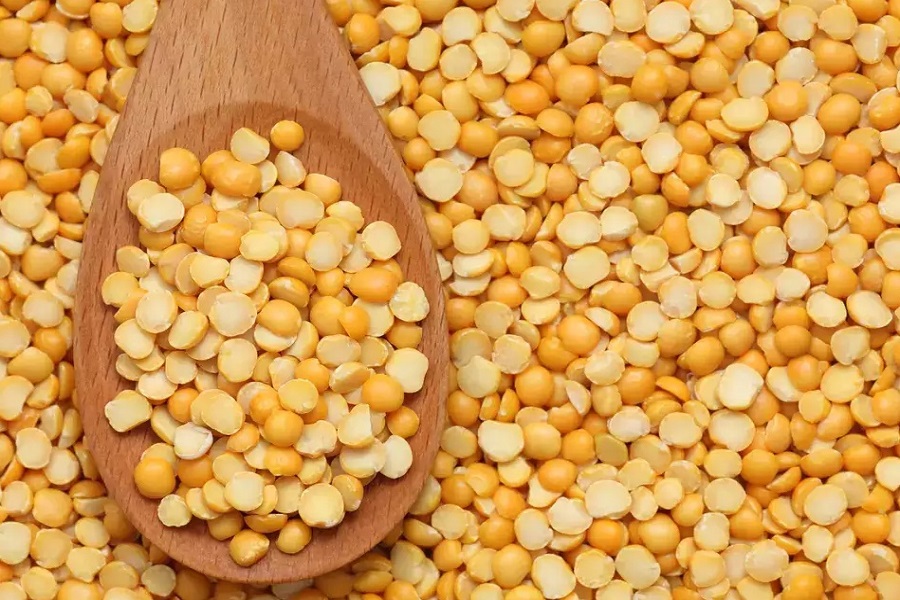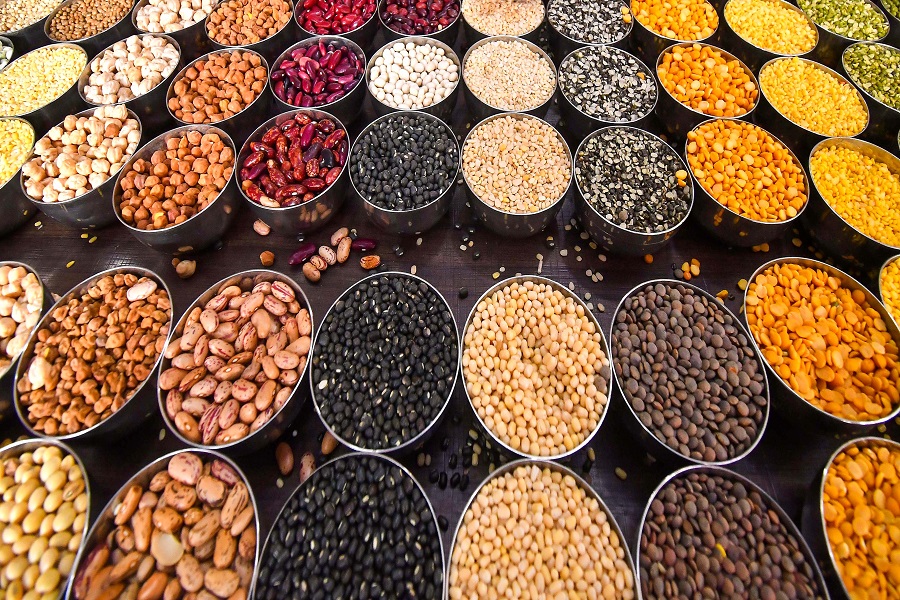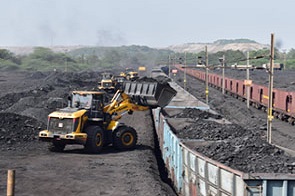Coffee planters in Karnataka heave sigh of relief as prices go up, cup of coffee to cost more
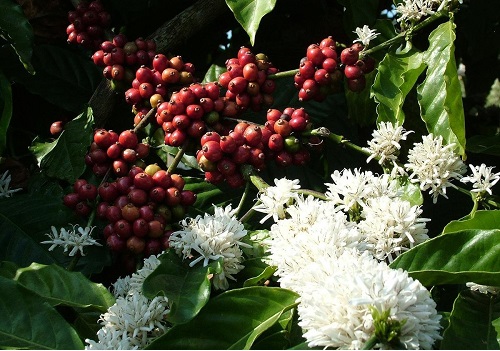
After the prices of tomatoes disrupted the budgets of common people across the country, now it is going to be the turn of coffee prices to send their heads spinning.
The coffee crop has begun to fetch good prices due to various factors at the international market after almost a decade and the trend has brought cheers among coffee planters who toiled with the stagnant pricing of the commodity for 10 to 15 years.
Coffee production in India is dominated in the hill tracts of south Indian states with Karnataka accounting for 71 per cent, followed by Kerala with 21 per cent, and Tamil Nadu 5 per cent of overall production.
Following the trend of rising prices, the price of coffee is likely to go up in hotels, restaurants, and coffee shops. Recently, the price of milk was also hiked in Karnataka.
A cup of coffee now costs Rs 12 to Rs 15 in common hotels. While roadside vendors have also upped the price by 10 to 20 per cent, the rates in posh coffee shops, and hang outs would go upwards much further.
Talking to IANS, Sujith Vajuvalli Biliyappa Gowda, a fourth generation coffee planter and owner of Biligiri Coffee Estate in Alduru of Chikkamagaluru district, said: "We are getting Rs 6,200 per 50 kg bag. Last year we used to get Rs 3,000 to Rs 3,500. There is a jump of Rs 2,000 per bag. In my expectation the coffee prices may go up by Rs 1,000 more by next year."
Coffee fetched low rates when arecanut, and pepper prices went up.
It was an issue for planters, as the sale price was low, but the labour prices, and cost of manure, and pesticides went up. For almost 10 to 15 years, coffee prices remained at Rs 2,800 to Rs 3,500. The labour price, which was Rs 150 then, is now touching Rs 450. The tree shading which cost Rs 300 then now costs Rs 1,000. Then it was a burden and managed with bank loans, he said.
Now, the planters are saving some money, Gowda added.
The Indian production of coffee is increasing year by year. Last year, there was a drop due to heavy rain and this year, there is a drop because of low rainfall. Coffee is a sensitive crop and it won't yield much when the temperature is high or there is heavy rainfall. Some stretches are affected and some are not affected, he said.
Gowda also said that the Indian coffee market won’t affect the world market trends as there are countries who grow much more than India. Brazil, Guatemala, Ethiopia, and Vietnam grow coffee in huge quantities. Vietnam's Robusta coffee growers are switching over for different varieties of crops. They are growing exotic fruits like dragon fruits, and avocado which are fetching much higher rates than what coffee could fetch for them.
"The prices of the Robusta crop is getting good prices in the market against this backdrop. Dollar price fluctuation affects the price and there is no connection between our market and world market. The coffee market gambles on the climatic conditions. If there is drought or floods in Brazil, the prices of coffee go up here. When compared to earlier now there is slightly better pricing," Gowda explained.
The small coffee planters owning five to 10 acres of coffee plantation suffered over a decade because of low pricing. They converted their residences as home stays and managed finances by attracting tourists, while pinning their hopes on the upward trend in pricing of coffee.
